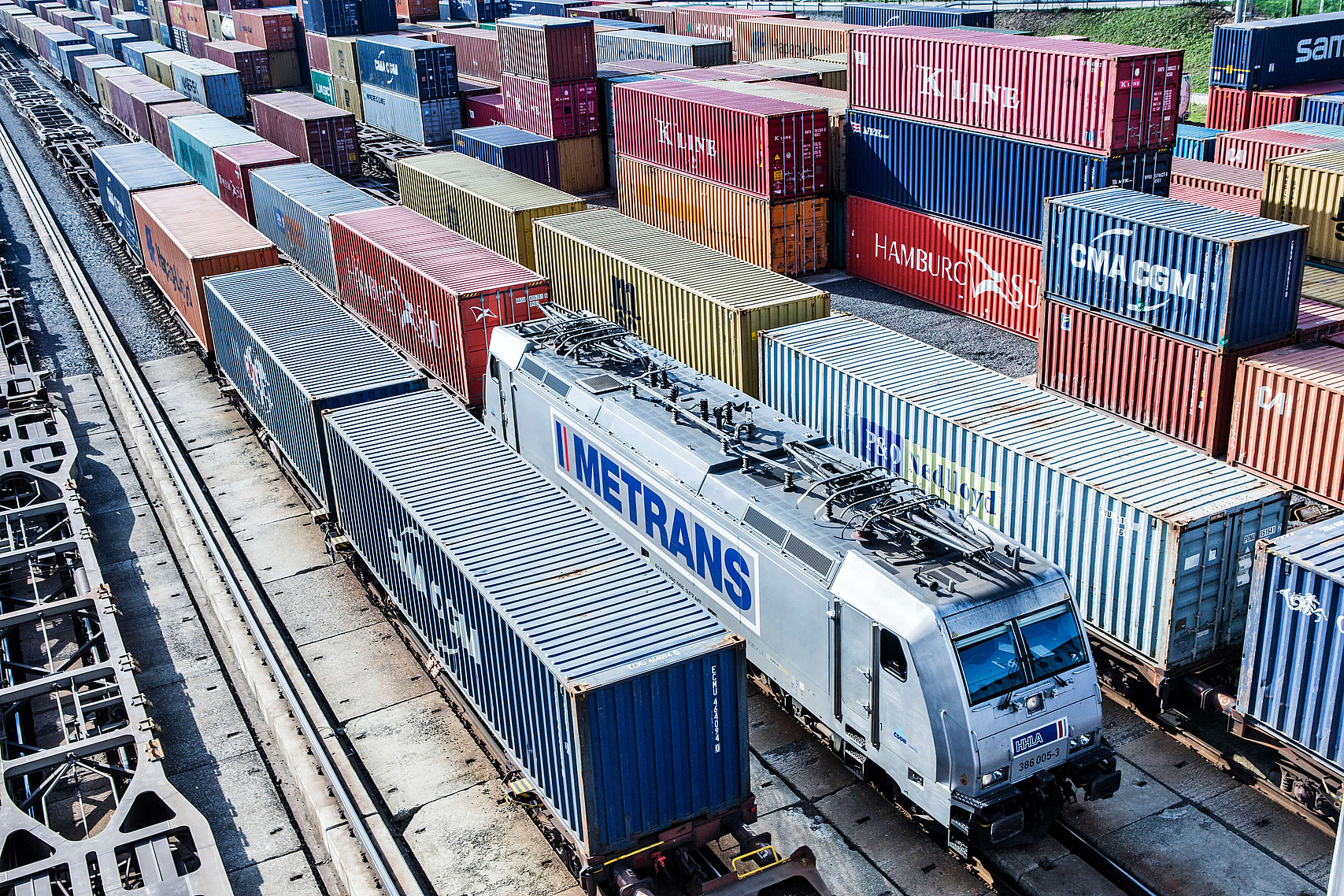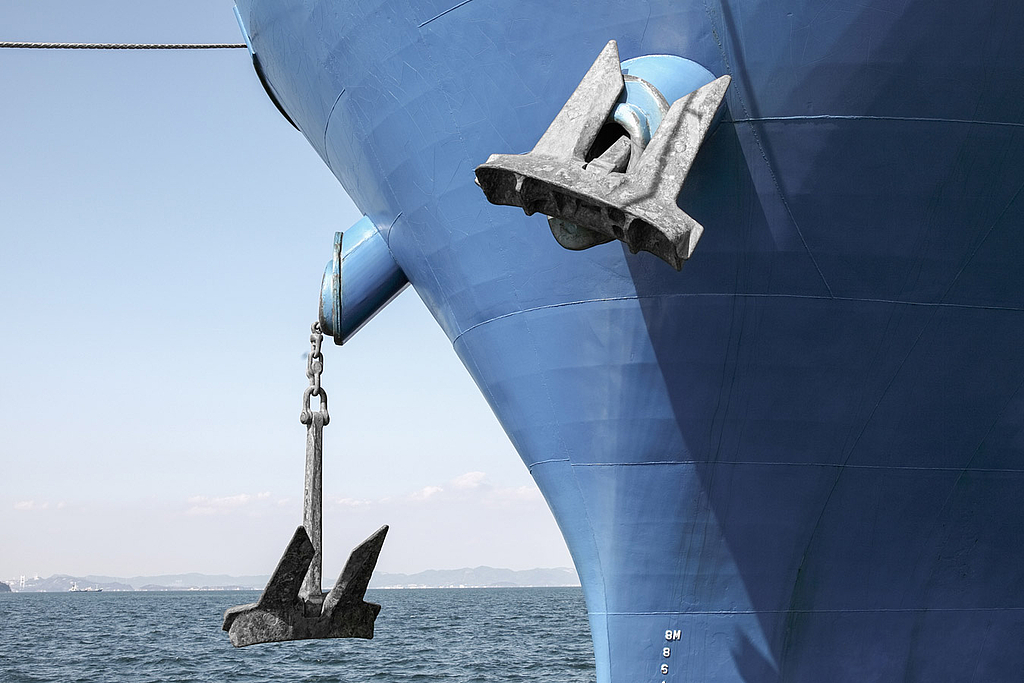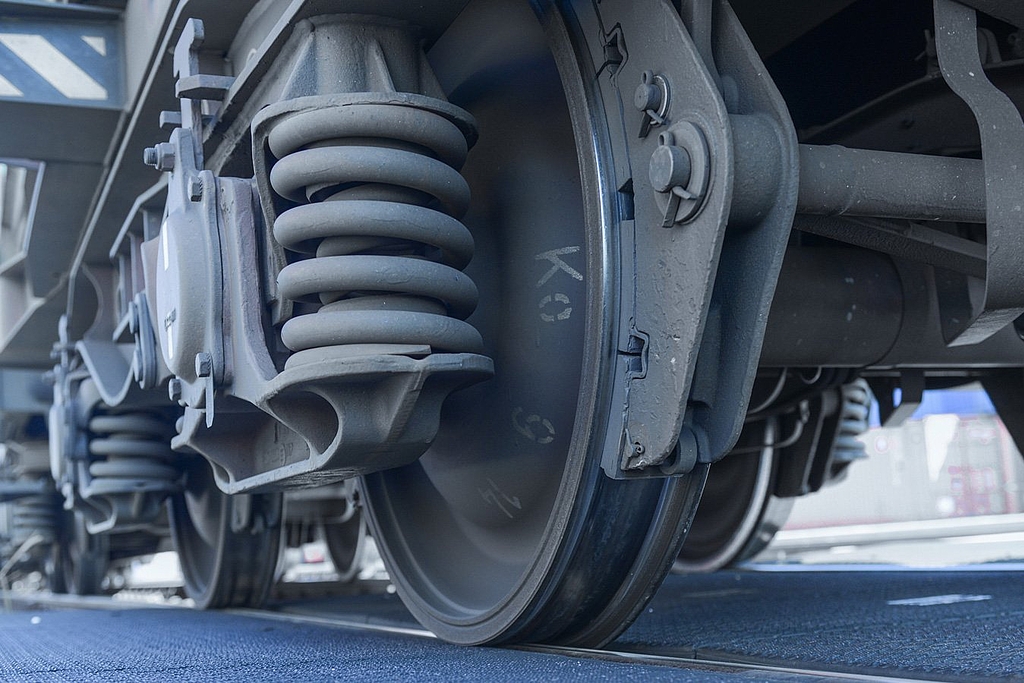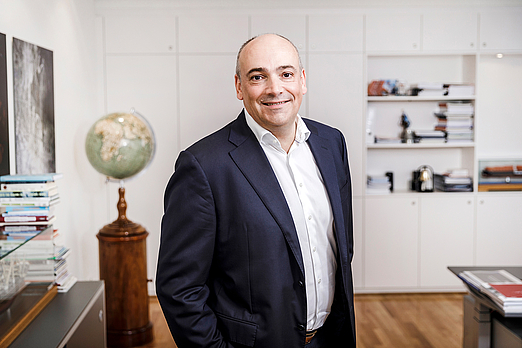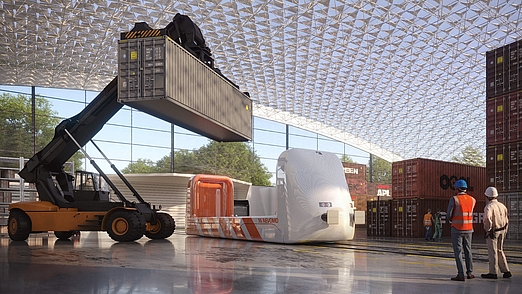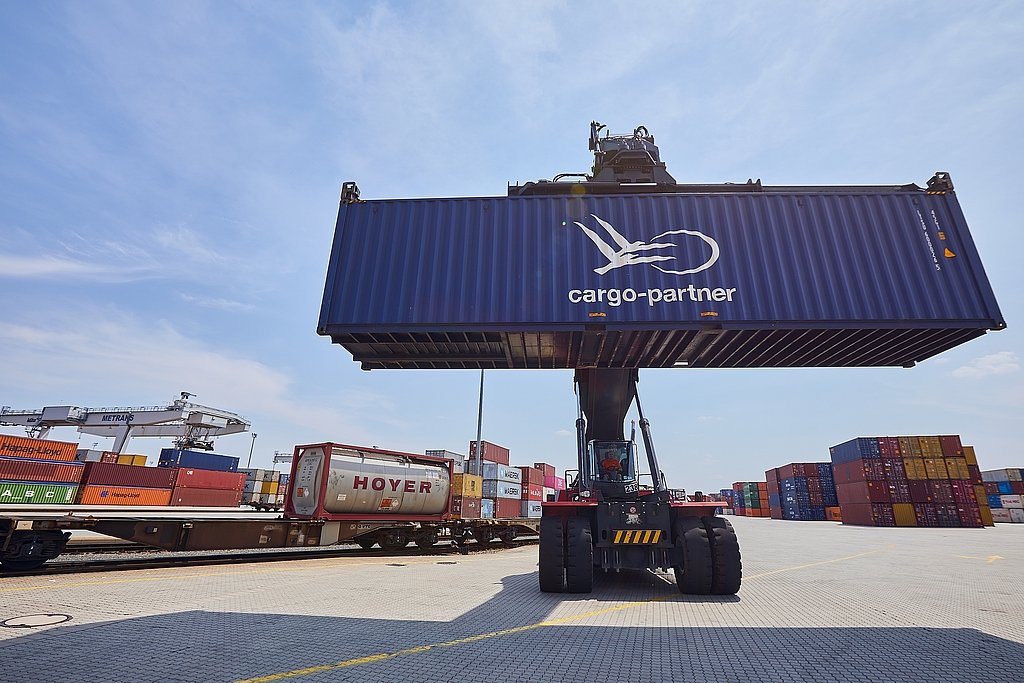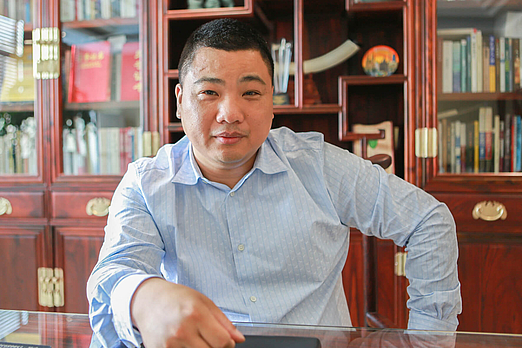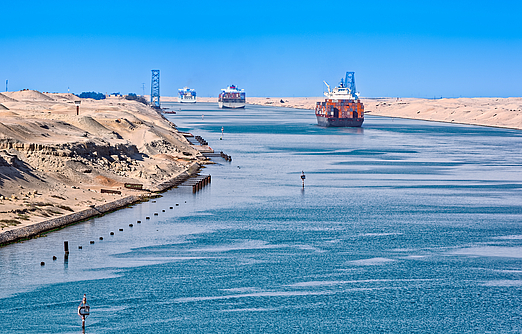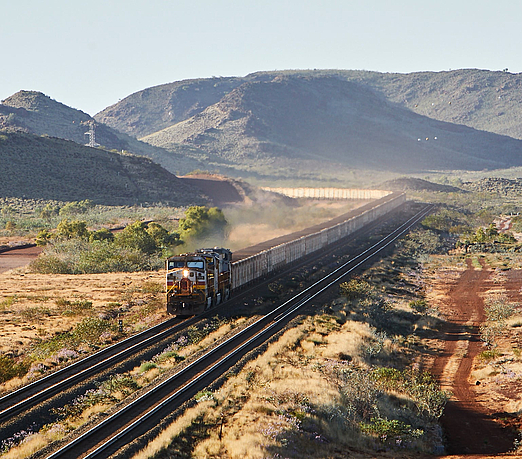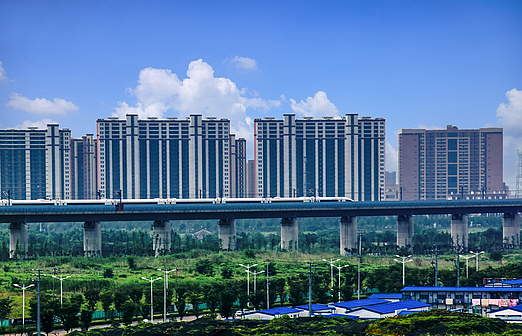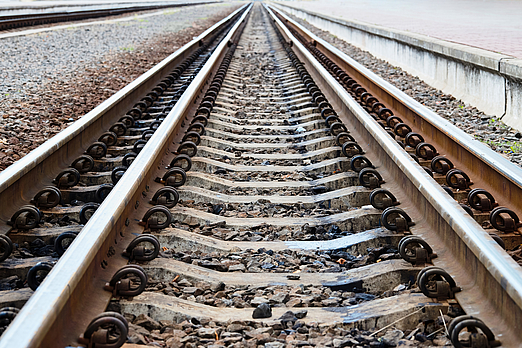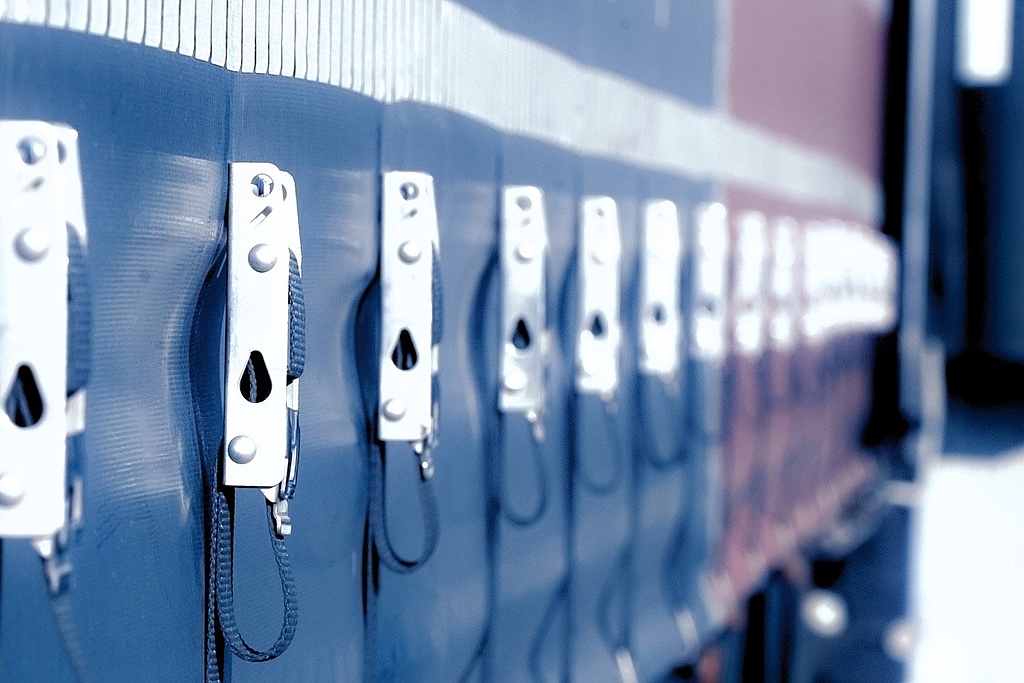“...the importance of railway transport from China will remain”
- Interviews
METRANS took up operations in Prague in 1991 and has since developed into a market leader for container transports in sea port hinterland traffic with Central, East and Southeast Europe. The HHLA subsidiary's dense network comprises more than 650 highly frequented rail connections per week with sea ports to the North Sea and the Adriatic. The company operates inland terminals, has an own fleet of railcars and offers a comprehensive range of services. We spoke to CEO Peter Kiss about the current market situation after Russias war on Ukraine, China's New Silk Road, the "Middle Corridor" and their plans for new terminals.
“A significant portion of our success comes from this area, and we’ve expanded our terminal network by another five terminals. This network now consists of seven hub terminals and 13 end terminals in a total of eight countries. And new terminals are in the pipeline. ”
Peter Kiss about METRANS' extensive network of terminals.
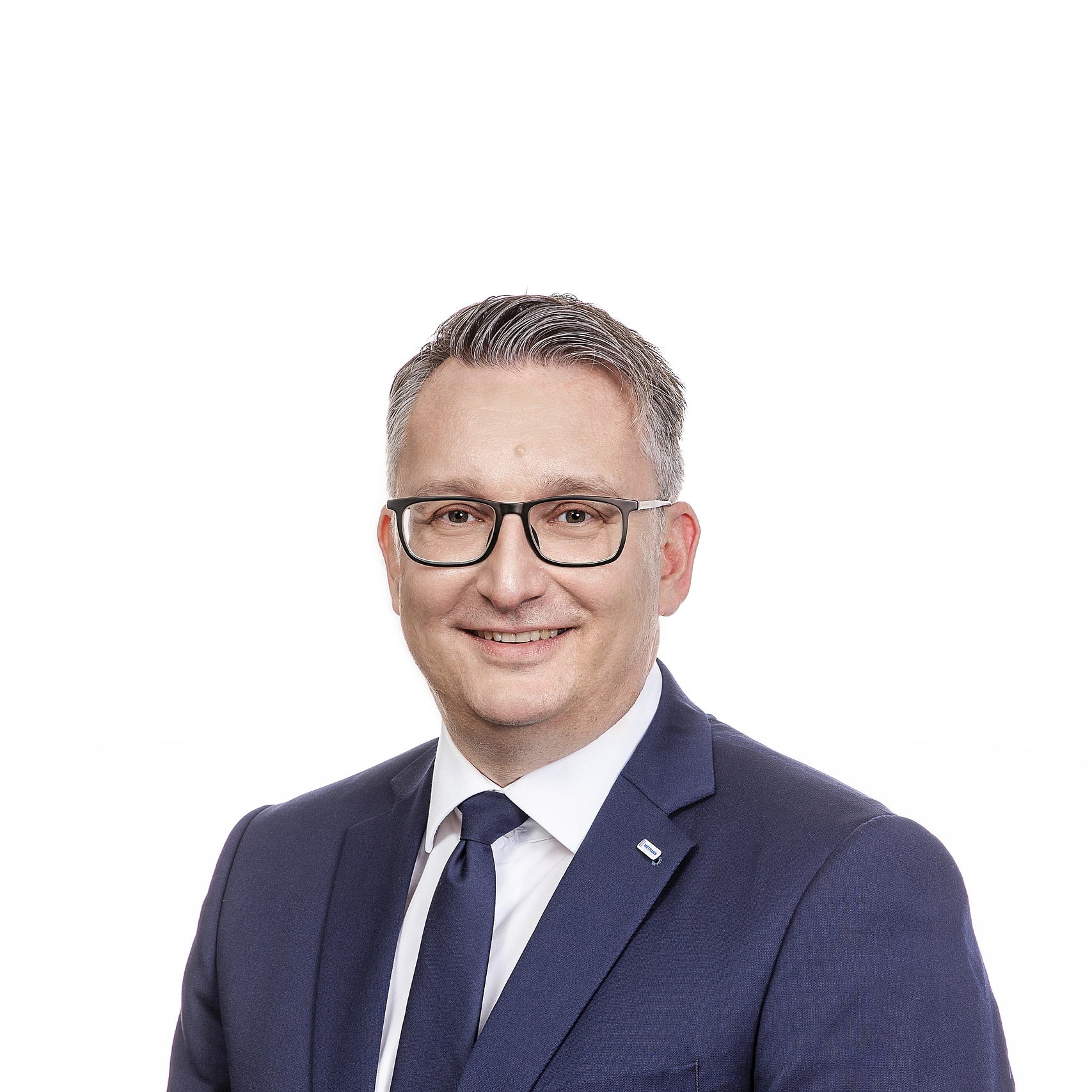
“The direct connection of our METRANS rail container terminal in Dunajská Streda with the cargo-partner warehouse brings several advantages to our mutual cooperation. Perhaps the biggest advantage is that the containers do not need to be delivered to cargo-partner’s warehouse by trucks, but by special forklift trucks – “reach stackers” – directly after unloading from the train.”
The METRANS CEO about the cooperation between both companies.
